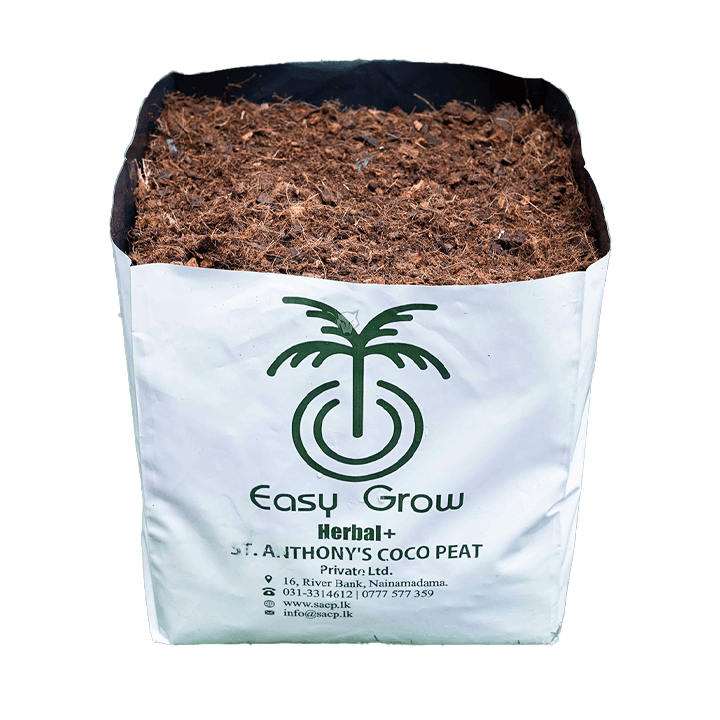- General Details
- Usage Info
- Order Enquiry

OPEN TOP BAGS
Open top bags are pre-filled or ready-to-fill grow containers made from compressed coco peat or coco peat and husk chip blends. They are specifically designed for easy and efficient cultivation of fruiting crops, particularly in greenhouses and nurseries.
Perfect for vegetables (tomato, pepper, eggplant), fruits (strawberries, blueberries), and floriculture crops (gerbera, rose).
- Pre-packed or easy to fill with customized blends
- Organic, biodegradable, and environmentally friendly
- Excellent water retention and aeration
- Ready for direct planting
Key Benefits of Open Top Bags
- Plug & Grow Design – No need to transfer or fill; just hydrate and plant
- Ideal Air-Water Ratio – Promotes vigorous root development
- Customizable Sizes & Mixes – Tailored to crop needs and climate conditions
- Reduced Labor & Waste – Saves time in large-scale cultivation
- Stackable & Space Efficient – Perfect for tight greenhouse layouts
- Durable & Reusable – High-strength outer cover supports multiple cycles
How to Use
Open top bags are designed for quick setup and efficient cultivation. Here’s a step-by-step guide:
Step 1: Placement
- Arrange the bags in your grow area—greenhouse, net house, or open field
- Ensure a level, well-drained surface to avoid waterlogging
Step 2: Hydration
- Slowly add clean water (approx. 4–5 liters per kg of content)
- Allow the substrate to expand and loosen for 20–30 minutes
- Break up any dense spots for uniform texture
Step 3: Planting Setup
- Cut open the top if sealed
- Make planting holes on top and drainage holes (if not pre-cut) at the bottom or sides
- Maintain ideal spacing for the crop you’re planting
Step 4: Insert Plants
- Place seedlings or cuttings into the prepared holes
- Ensure good contact between roots and coir for stability
Step 5: Irrigation & Nutrient Feeding
- Use drip irrigation or manual watering
- Add balanced hydroponic nutrients, as coir does not contain natural fertilizers
Step 6: Monitoring & Maintenance
- Regularly check water retention and drainage
- Adjust nutrient input based on crop growth and substrate EC levels
Step 7: Reuse & Disposal
- After harvest, the coir can often be reused after flushing and refreshing
- Bags can be composted or repurposed depending on material condition
We would love to hear from you. If you would like to know more about our products or have any questions at all, please feel free to get in touch by calling, writing, or sending us a message using the contact form below.

